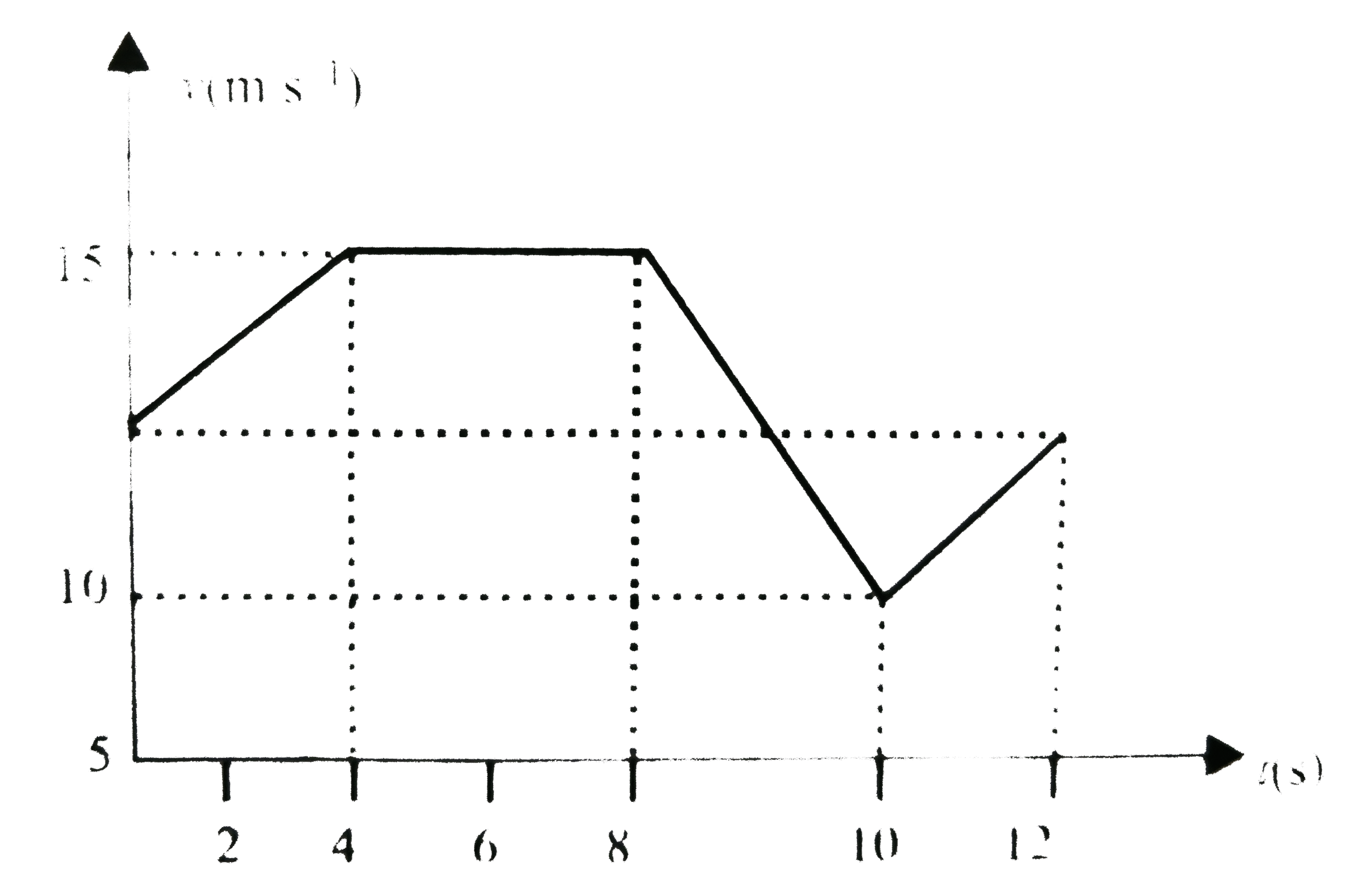A graph between the square of the velocity of a particle and the distance(s) moved is shown in figure. The constant acceleration of the particle in kilometer per hour square is:

2250
3084
−2250
−3084
The correct Answer is:D
Step by step video, text & image solution for A graph between the square of the velocity of a particle and the distance(s) moved is shown in figure. The constant acceleration of the particle in kilometer per hour square is: by Physics experts to help you in doubts & scoring excellent marks in Class 12 exams.
Updated on:21/07/2023Similar Questions
The variation of velocity of particle moving along a straight line is shown in the figure. The distance travelled by the particle in 4th second is
View SolutionThe variation of velocity of a particle moving along straight line is shown in the figure. The distance travelled by the particle in 4 s is

View Solution
Knowledge Check
A graph between the square of the velocity of a particle and the distance(s) moved is shown in figure. The acceleration of the particle in kilometers per hour square is:-
 A2250B3084C-2250D-3084
A2250B3084C-2250D-3084A graph between the square of the velocity of a particle and the distance 'S' moved by the particle is shown in the figure. The acceleration of the particle in kilometer per hour square is
 A2250B225C−2250D−1225
A2250B225C−2250D−1225A graph between the square of the velocity of a particle and the distance s moved by the particle is shown in the figure. The acceleration of the particle is
 A−8ms−2B−4ms−2C−16ms−2DNone of these
A−8ms−2B−4ms−2C−16ms−2DNone of these
The velocity -time (v−t) graph of a particle moving in a straight line is shown in figure. The acceleration of the particle at t=9 is:

View SolutionThe velocity displacement graph of a particle is shown in figure. The acceleration of the particle when x=0 is.

View SolutionVelocity versus displacement graph of a particle moving in a straight line as shown in figure.

The acceleration of the particle.
View SolutionGraph of velocity versus displacement of a particle moving in a straight line is as shown in figure.
The acceleration of the particle is.

View SolutionThe velovity-time graph of a particle moving in a straitht line is shown in . The acceleration of the particle at t=9s is.
 .
.
View Solution
